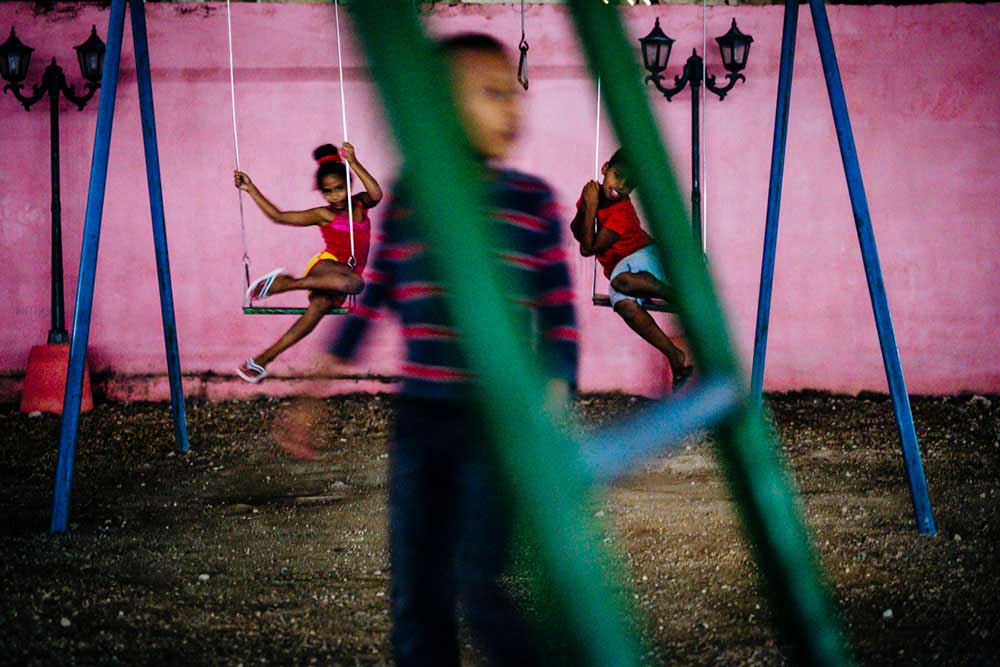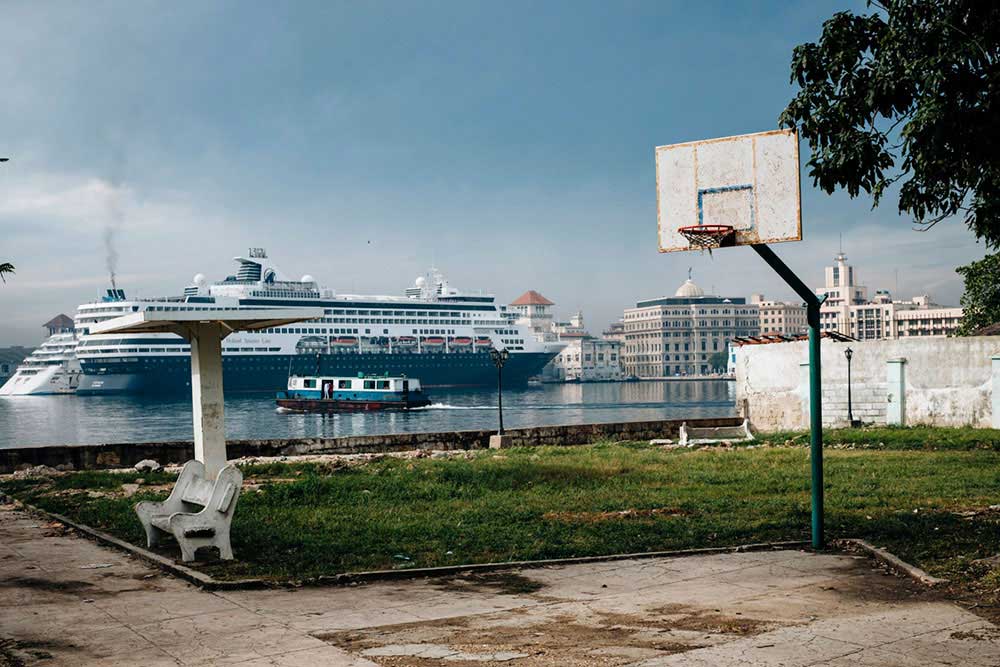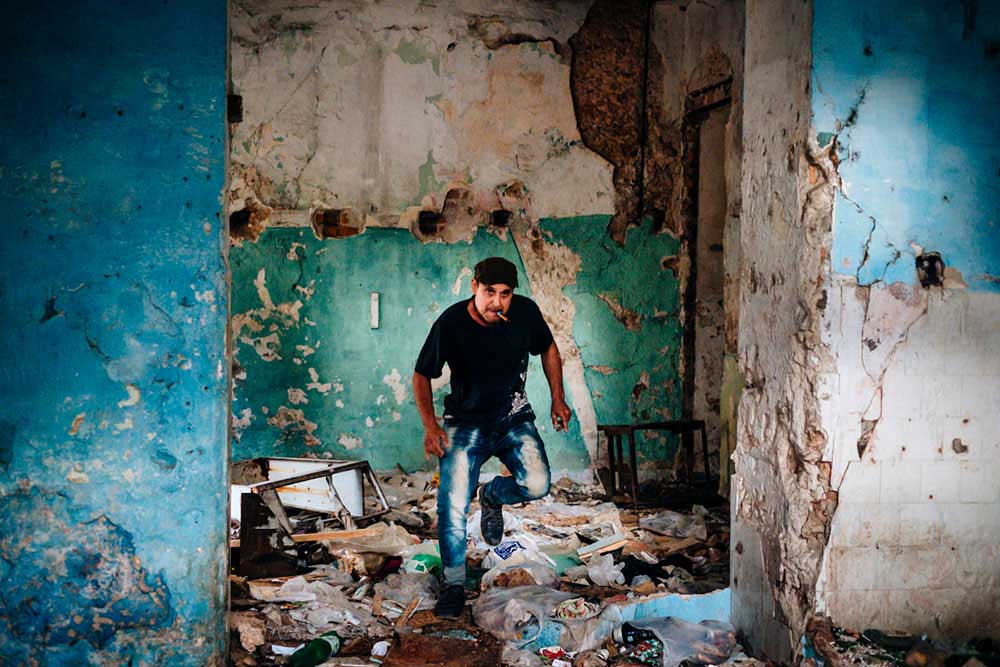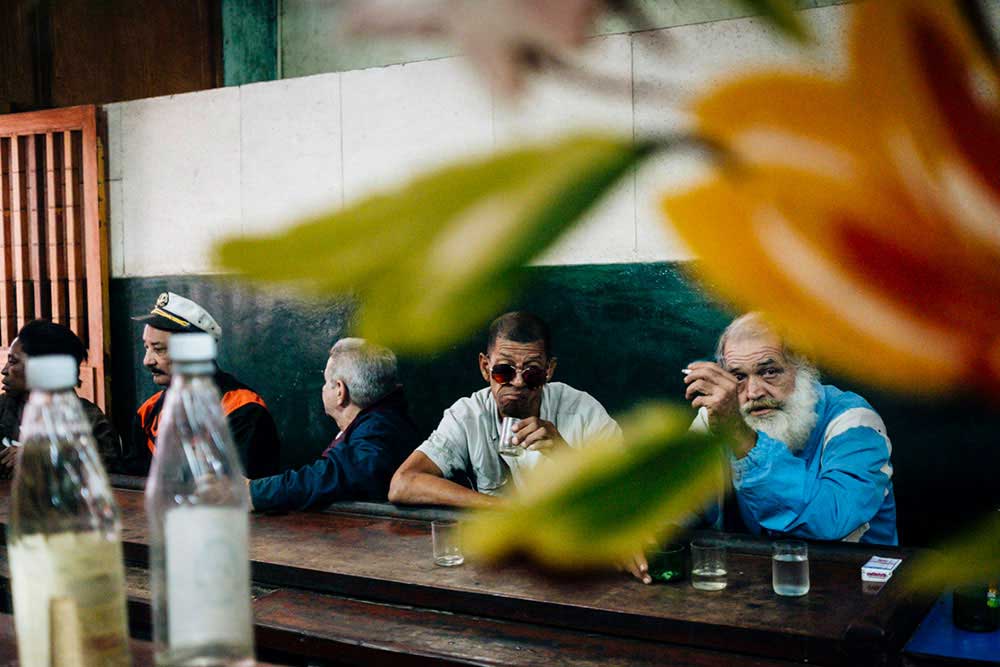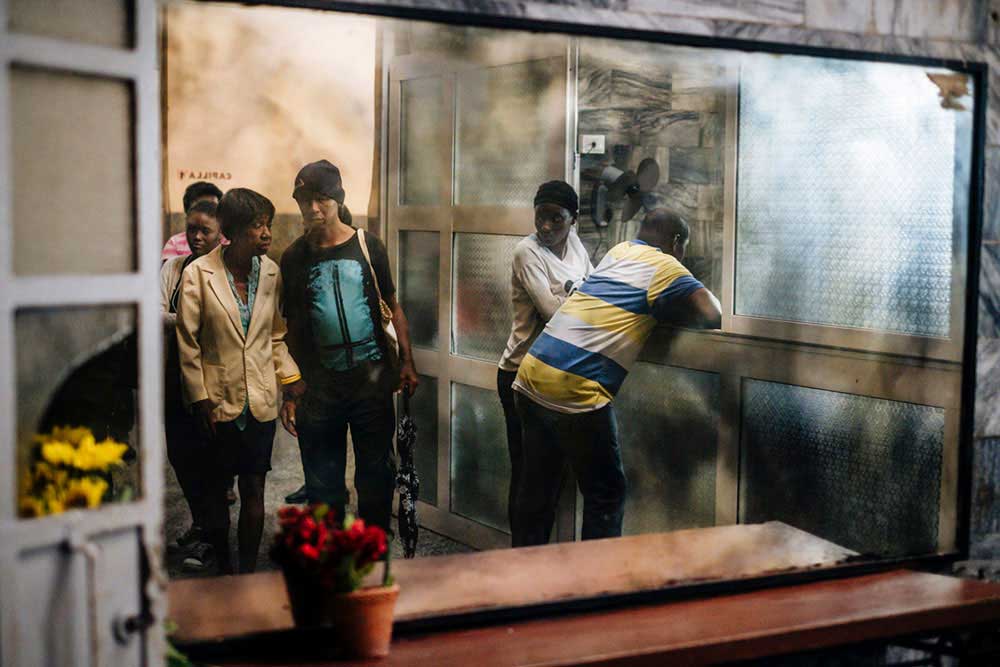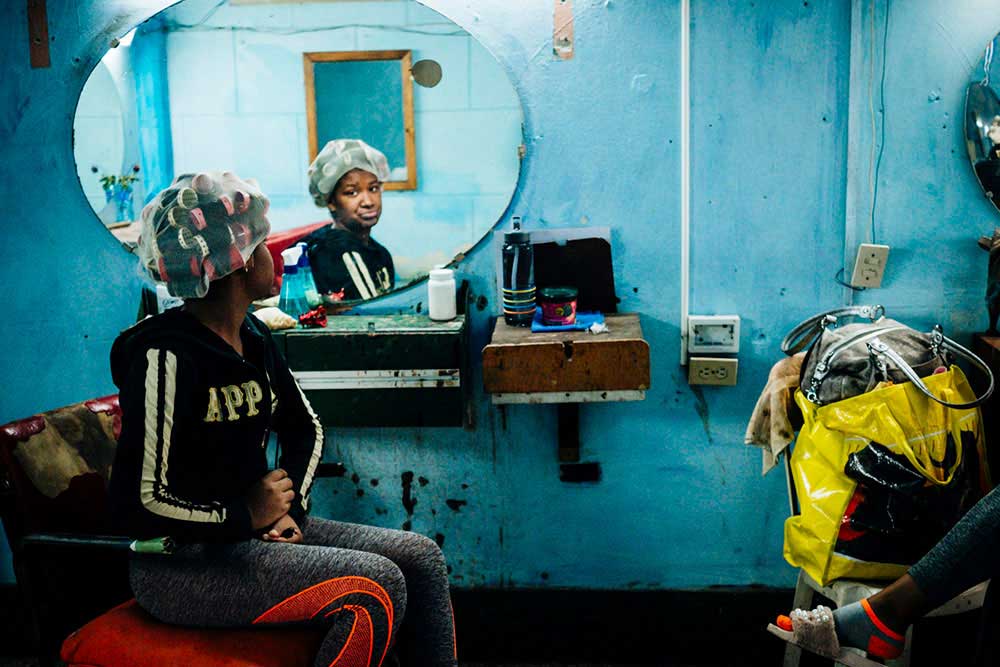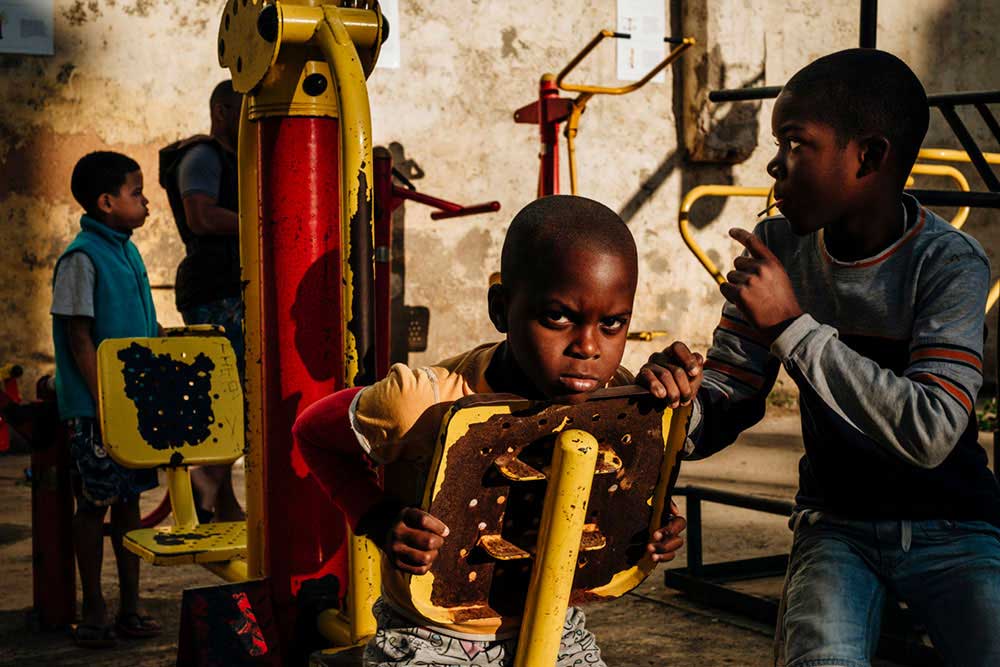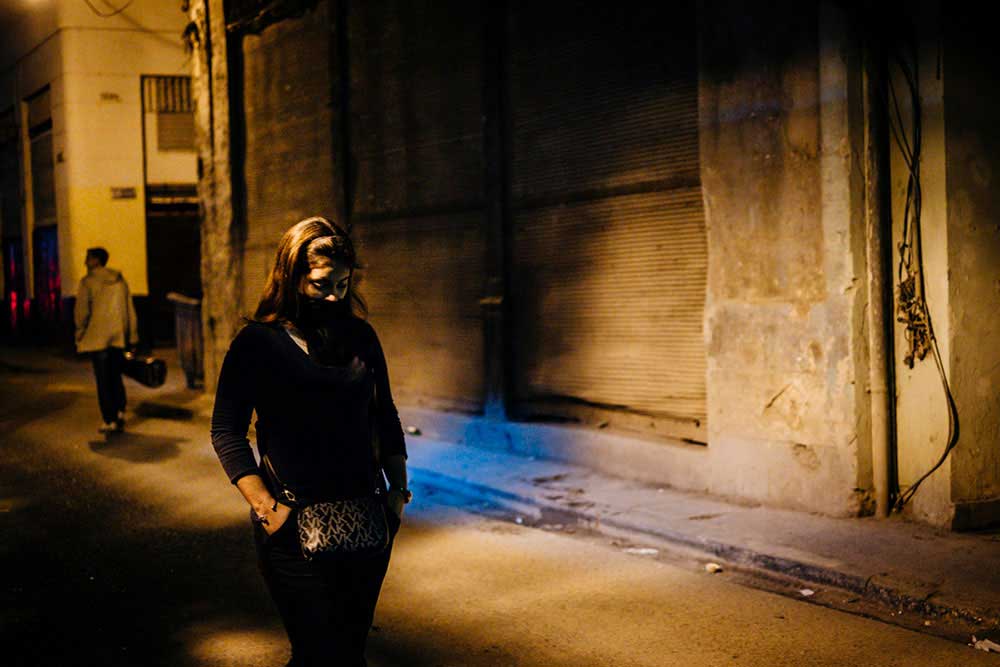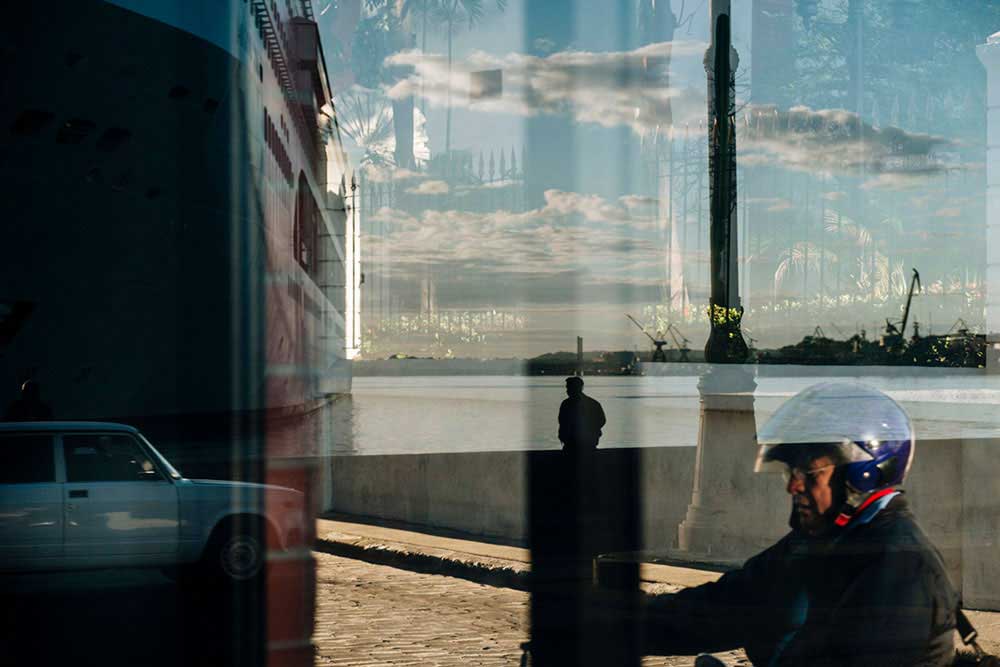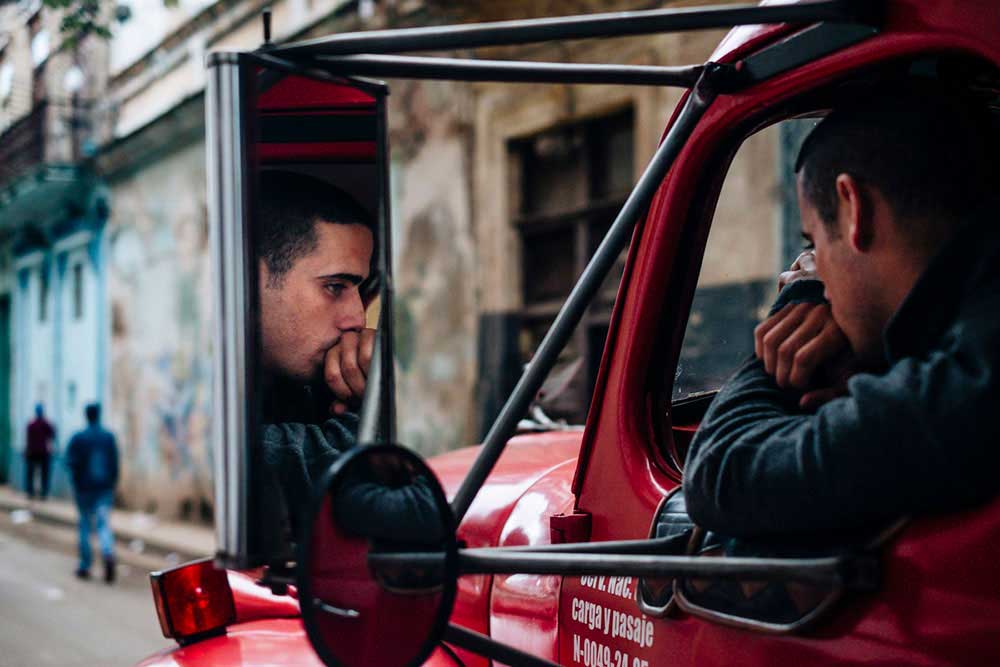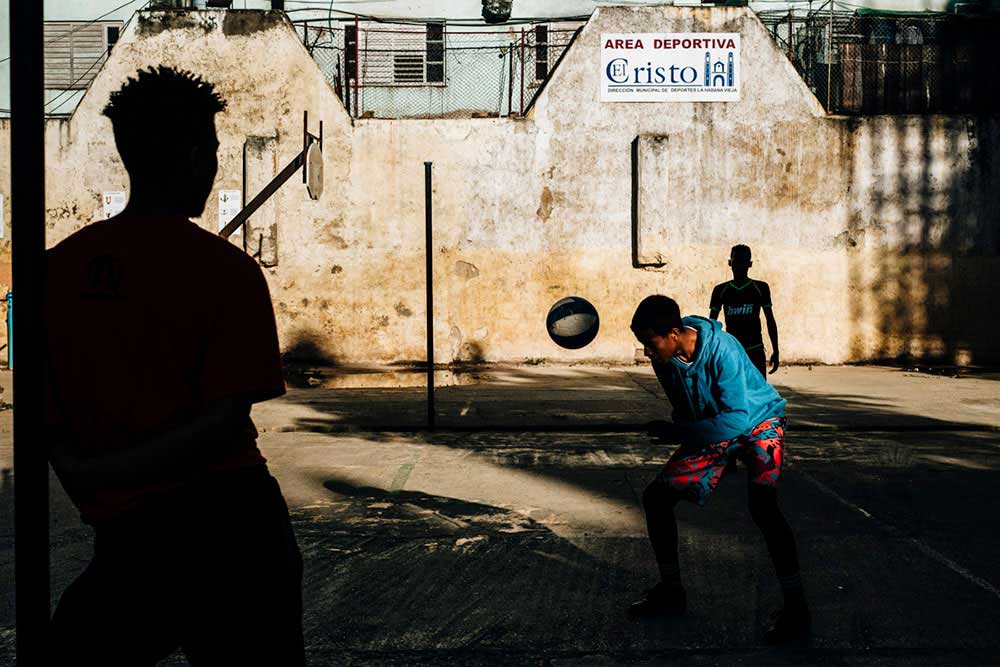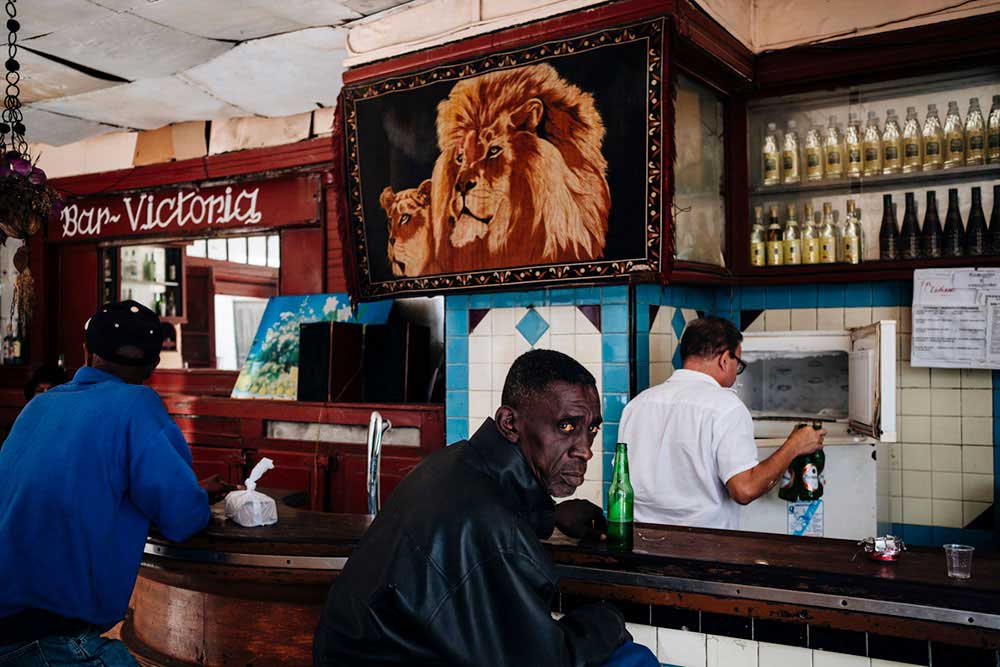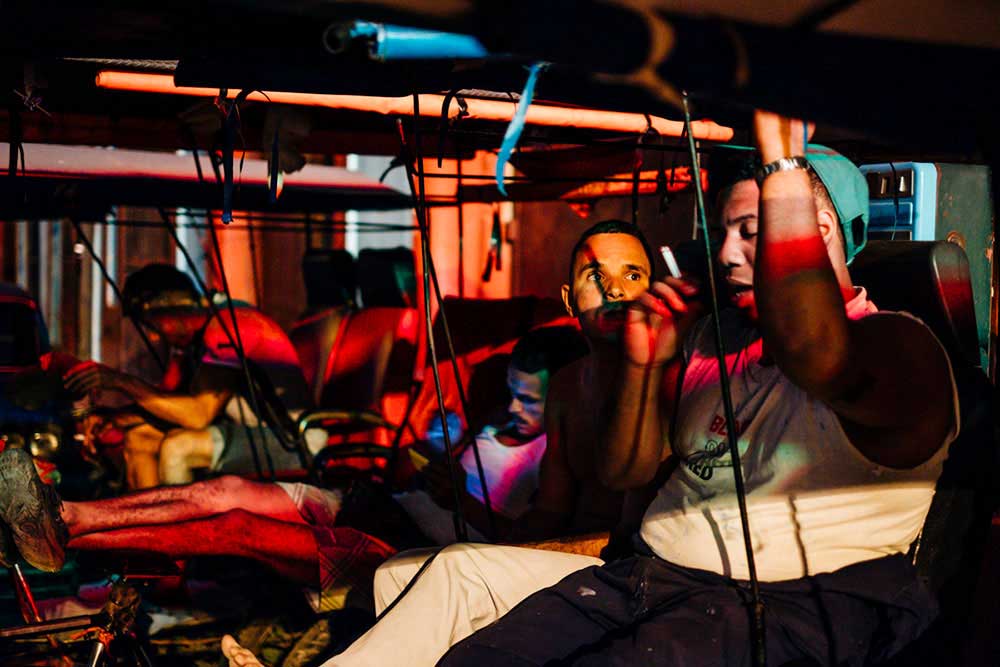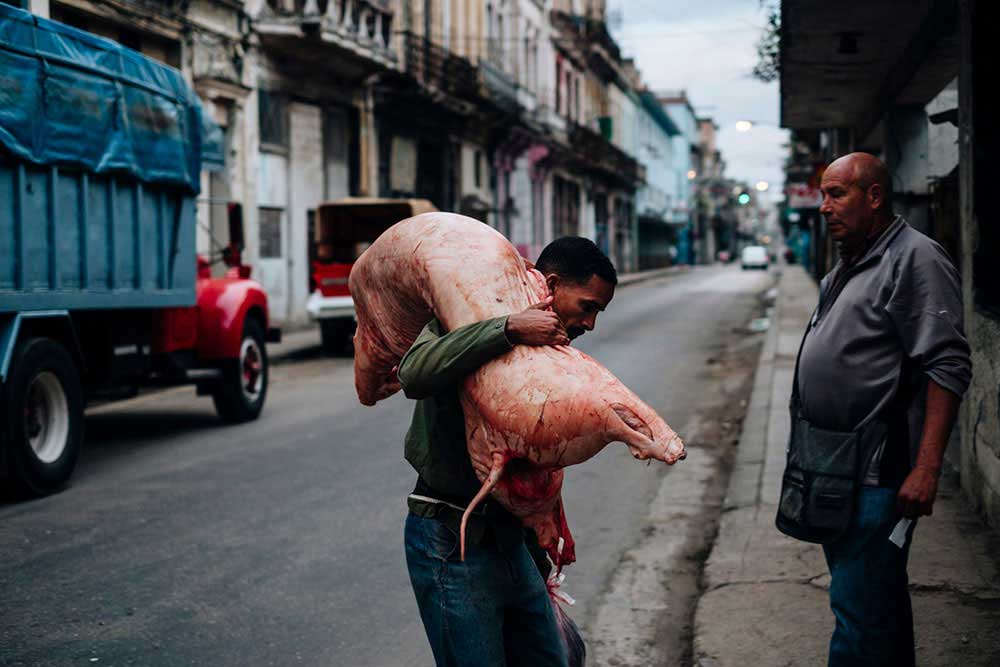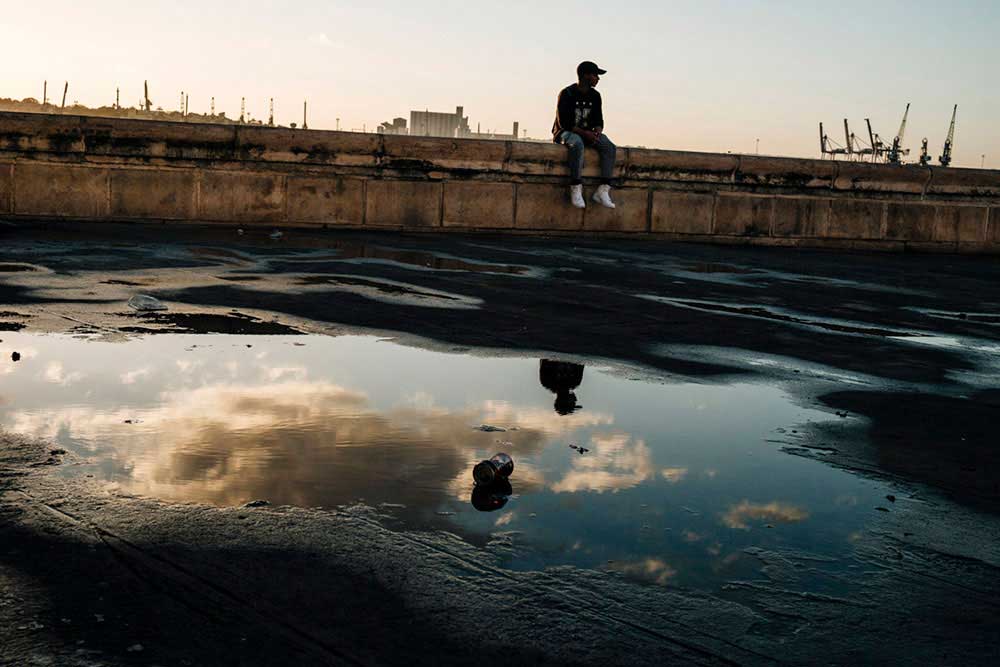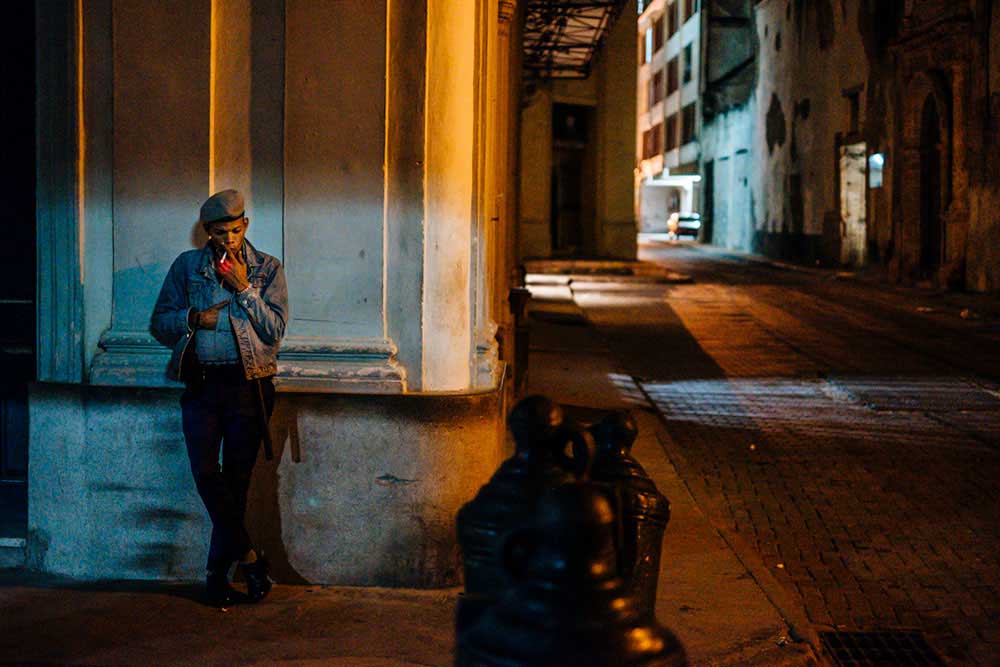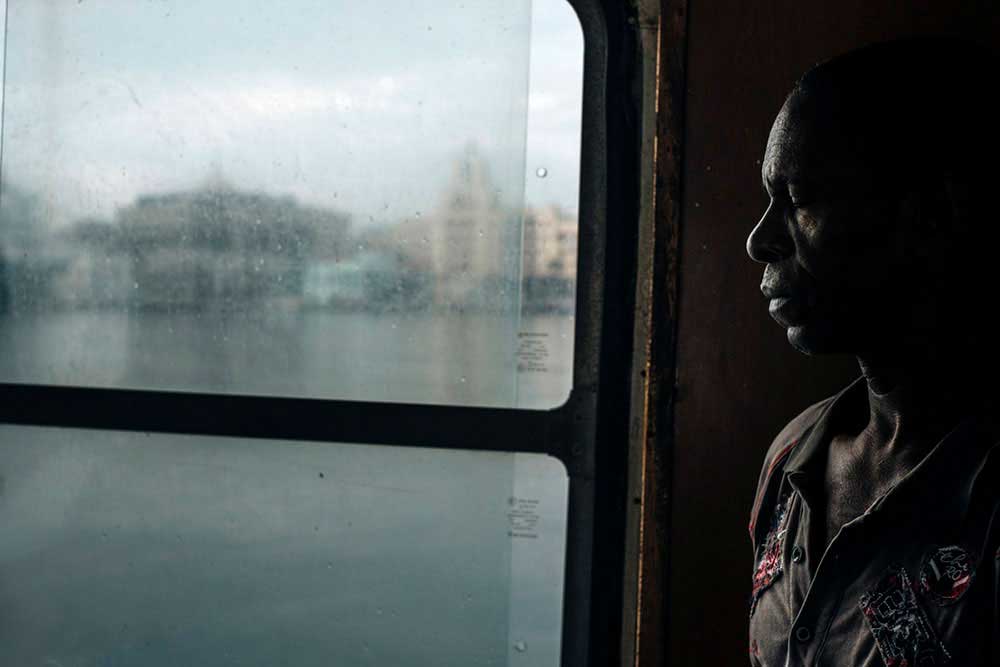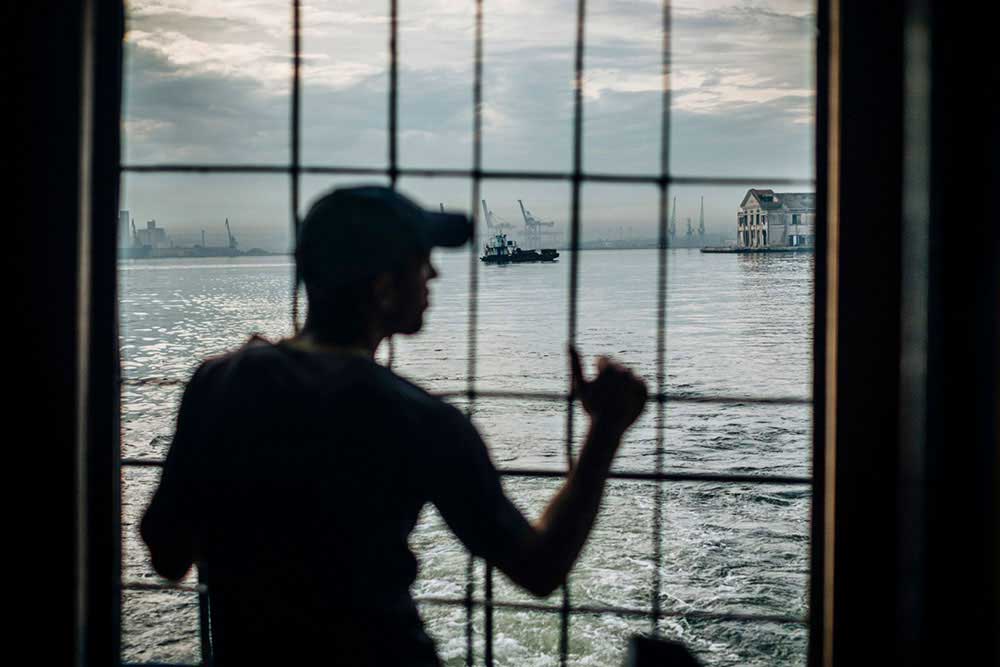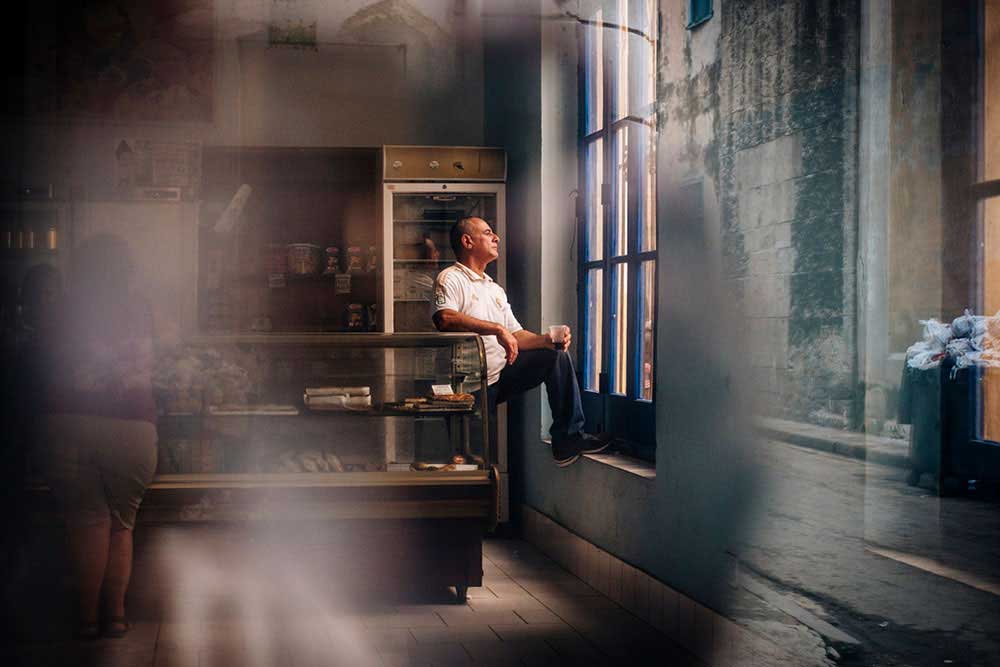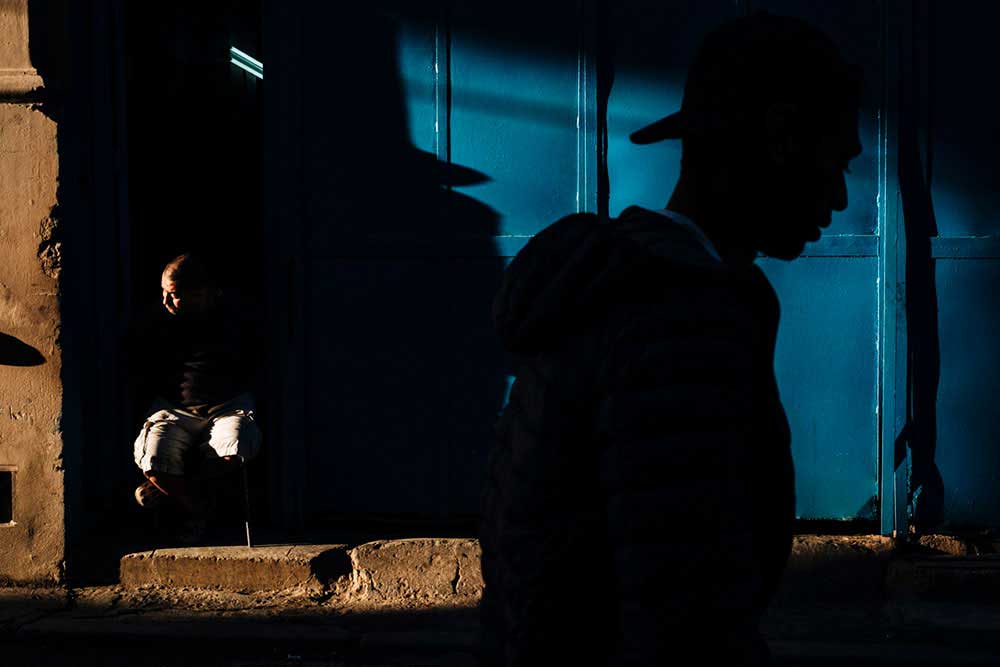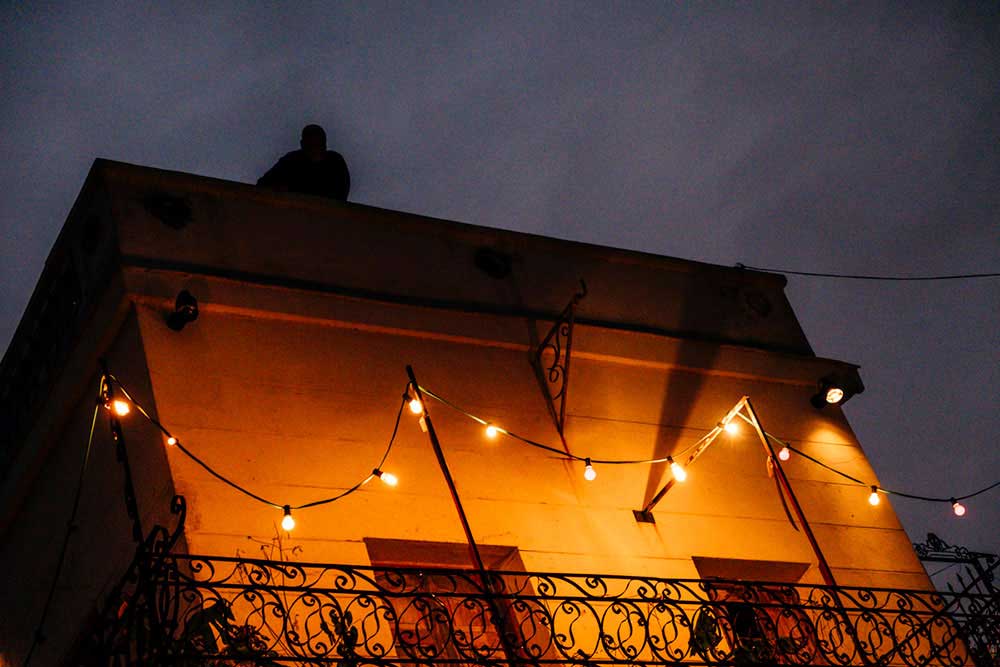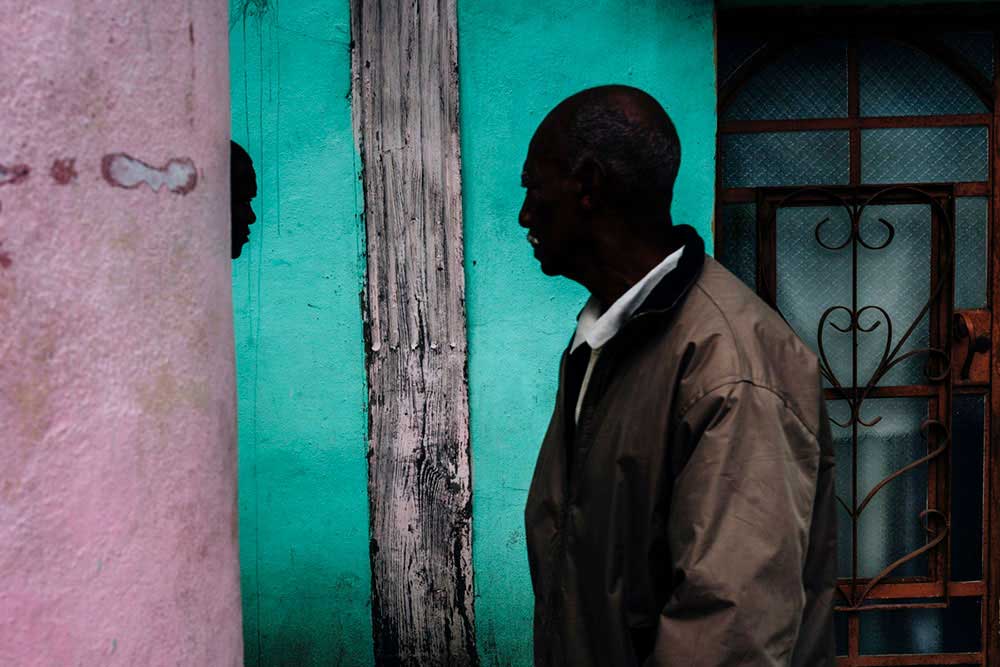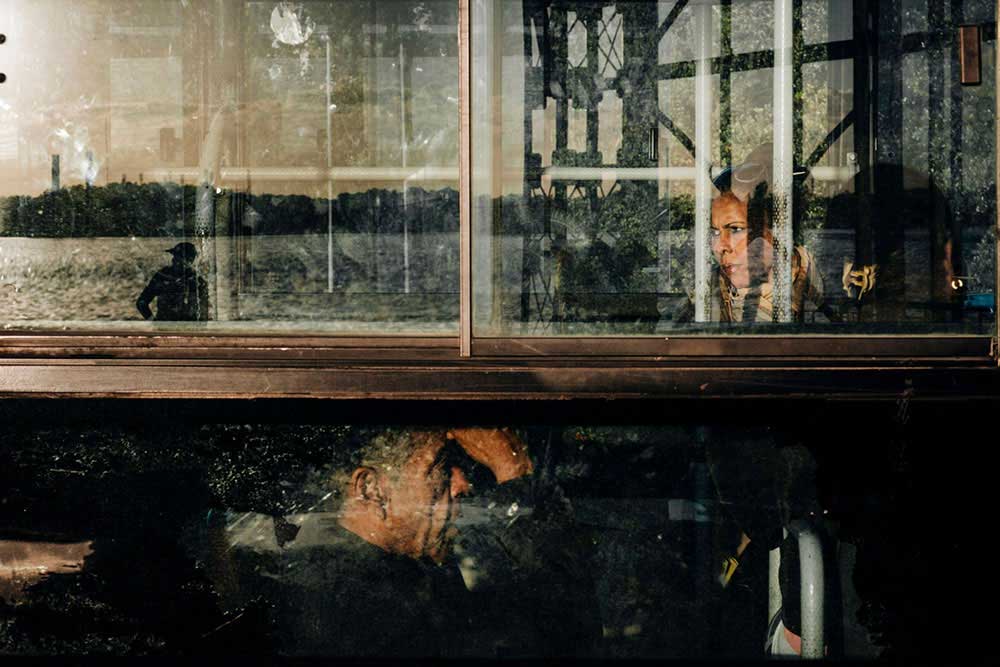Cuba is experiencing times of change and contradiction. In April 2018, a 59-year-old era under the command of Fidel and Raúl Castro came to an end.
Following the collapse of the Soviet Union, the socialist island has struggled to keep the economy and public services running efficiently – a situation aggravated by the economic embargo imposed by the United States, says the government. In recent years, tourism has become one of the largest sources of income for the country. One of the consequences is a divided island. The growing number of people working in the tourism sector enjoy access to convertible pesos which are worth 24 times more than the Cuban peso used by the locals. On the other hand, the rising influx of foreign stores, consumer goods and restaurants aimed at tourists – and inaccessible to a large part of the population – creates a situation of clear exclusion for the Cuban people in their own country.
In the streets, these divisions become evident when you chat with the residents. Some say that safety on the streets, even at night, is the result of the country’s quality education while others argue that it’s due to strong police repression. Many Cubans are proud of their country and are happy to stay, while many young people dress with the United States flag. Within the space of a short conversation, a retired engineer who earns US$ 10 a month and has to supplement his income as a bartender combined an exalted defense of the regime with the complaints about his privations. Sometimes they ask you for small change, sometimes they’ll buy you a shot of rum.
There is the warm, sunny Havana of postcards and cruises. And there is the cold, melancholic Havana of smoky bars, ruins and dark streets. This is the Havana that I photographed at the beginning of 2018 when I spent ten days in the country. When the cold front that came in from the United States revealed to me a slightly cloudier side of the island.
About Gustavo Minas
I was born in Cassia, a small town in Minas Gerais state, Brazil. I graduated in Journalism, but before trying to get a job I went to London and worked as a waiter for one year. When I got back to Brazil I got a job as a reporter in a popular newspaper in São Paulo. Long hours, weekend shifts and boring as hell. I wasn’t happy with what I was doing and this made me try photography. I studied with master Carlos Moreira for one year and he showed me how to do it “the way”. I liked the idea of doing something just to please myself when everybody else was rushing to work, and photography taught me the shortcuts of my new city. I’ve never stopped since then. I photograph everyday, sometimes even when I’m sleeping. I’m a member of Burn my Eye and Flanares collectives. [Official Website]



